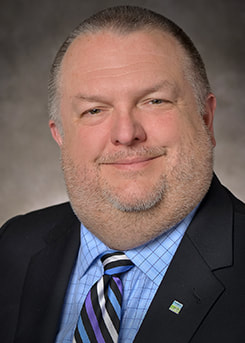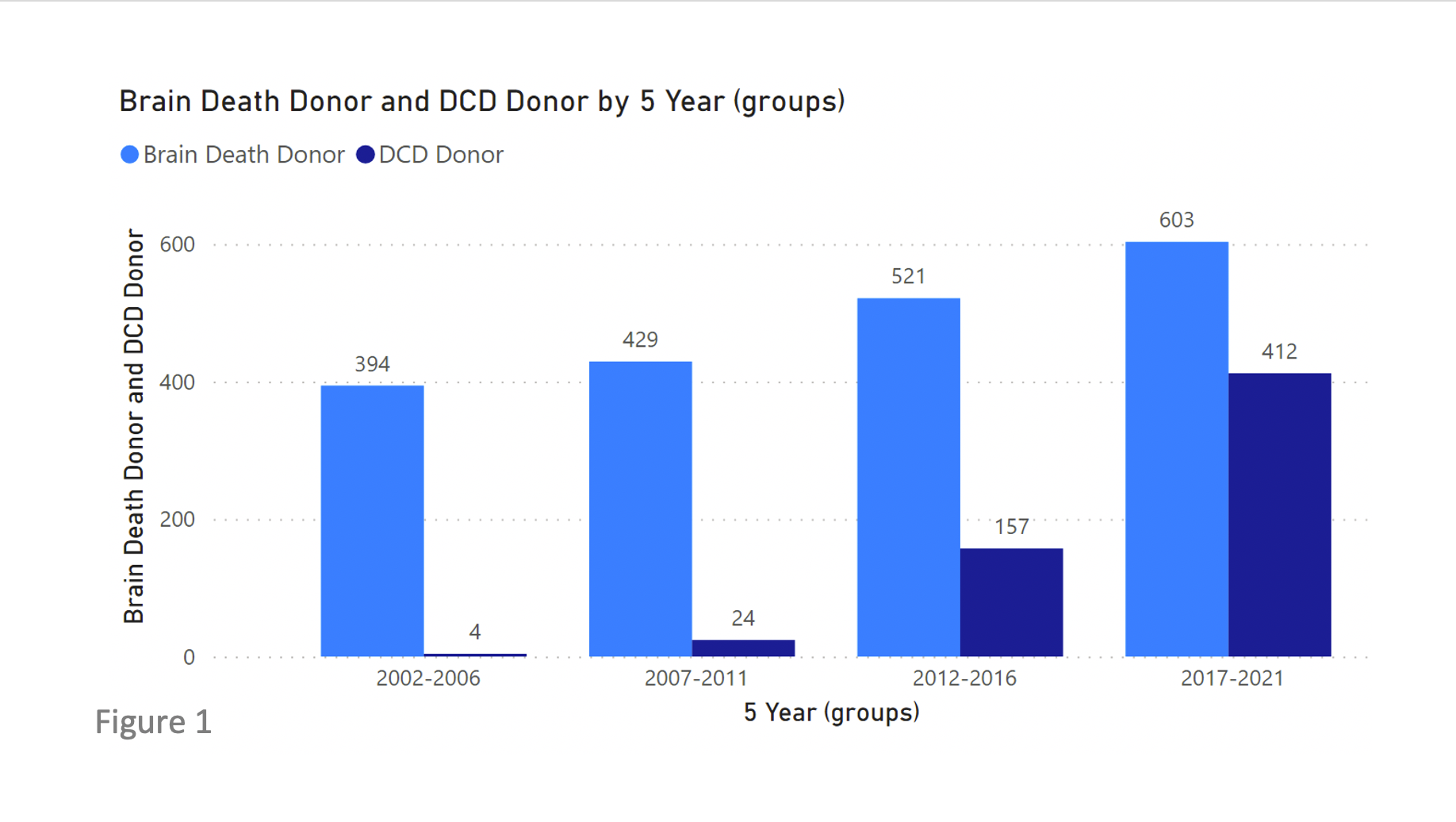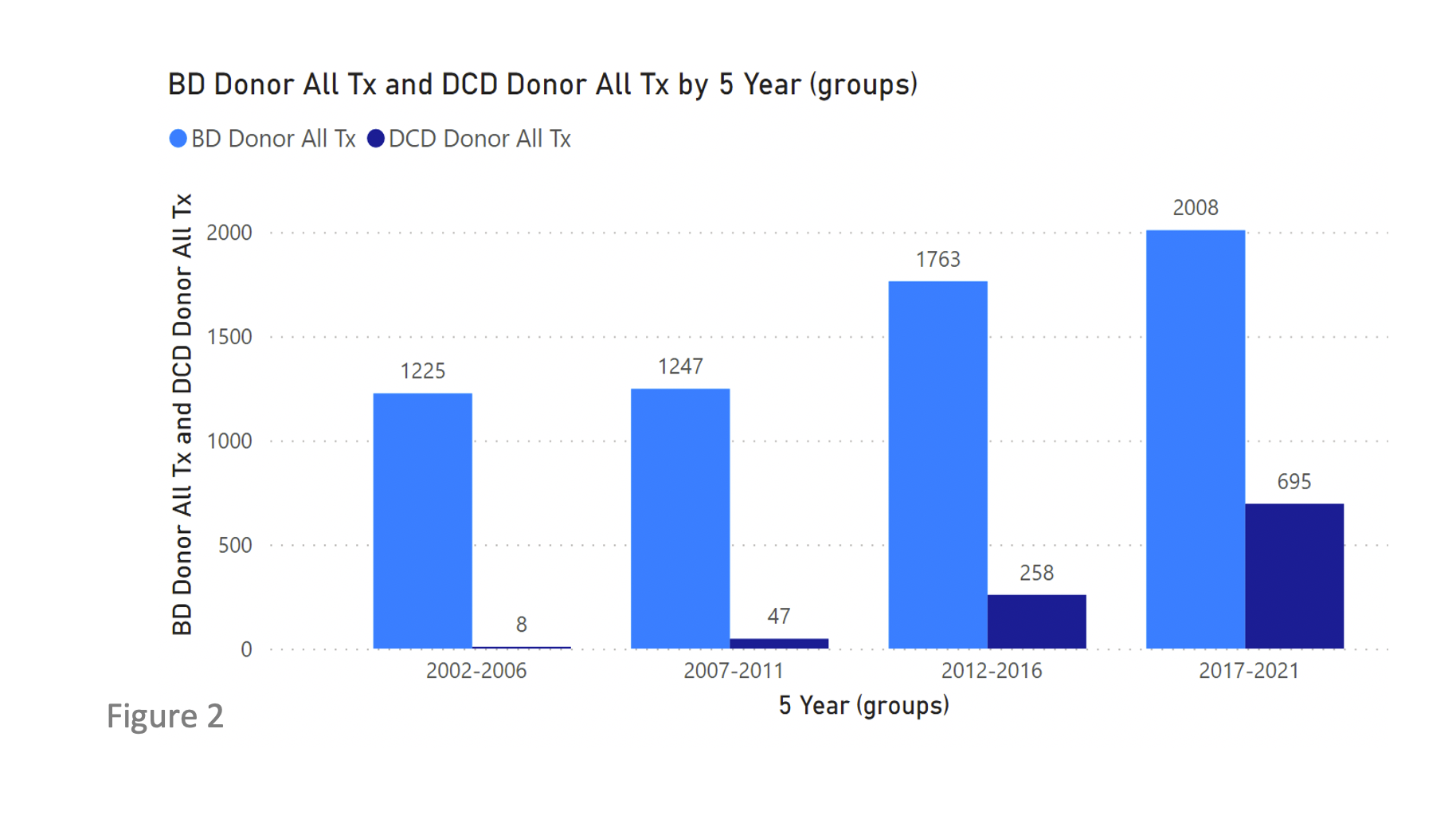
A decade of growth: one OPO’s journey to excellence
Jeffrey P. Orlowski1, Ronald A. Squires1,2, Clint A. Hostetler1, Rachael E. Ketcham1.
1LifeShare Transplant Donor Services of Oklahoma, Oklahoma City, OK, United States; 2Department of Surgery, University of Oklahoma, Oklahoma City, OK, United States
Background: In February 2012, one U.S. organ procurement organization (OPO) welcomed a new Chief Executive Officer (CEO). With Board support, the CEO initiated a new strategic plan focused on maximizing organ donation and subsequent transplant of donated organs through interventions including specialty requestors, in-house OPO coordinators, commitment to donation after circulatory death (DCD), and perfusion technology. We sought to quantify and categorize the growth experienced by the OPO in the ensuing decade.
Method: Twenty years of data (2002-2021) were analyzed, with comparison of the decade before the OPO’s new strategic focus compared to the decade since. Numbers and types of organ donors and organs transplanted from those donors were analyzed utilizing the OPO data warehouse and analytical software. Data were analyzed both by decade and by five-year cohorts.
Results: Between 2002 and 2011, the OPO recovered 2,527 organs that were transplanted from 851 deceased donors. Of these 851 donors, 28 (3.3%) were DCD and 828 (96.7%) were donation after brain death (DBD). From 2012 through 2021, 4,724 organs were transplanted from 1,693 donors, increases of 86.9% and 98.9% respectively. DCD increased to 569 (33.6%) of donors, with 953 organs transplanted from DCD (20.2% of total). Comparatively, total U.S. donors with the OPO removed increased by 36.1% when these two decades are compared.[1]
When subdivided into four five-year cohorts (A=2002-6, B=2007-11, C=2012-16, D=2017-21), the OPO's results were as follows: donors recovered grew most dramatically between cohorts B and C, with increases for DBD (21.5%), DCD (554%), and total deceased donors (49.7%). Growth was sustained with increases from cohort C to D for DBD (15.7%), DCD (162%), and total donors (49.7%) (Figure 1). Comparatively, total U.S. donors less the OPO’s increased by 9.2% between cohorts B and C.[1]
" href="https://cm.tts2022.org/papers/body/280#">
Similarly, organs transplanted increased between cohorts B and C for DBD (41.4%), DCD (449%), and all deceased donors (56.2%). Growth was sustained with increases from cohort C to D for DBD (14.0%), DCD (169%), and total donors (33.8%) (Figure 2).
" href="https://cm.tts2022.org/papers/body/280#">
Discussion: Our experience demonstrates that a strategic vision to maximize donation can generate immediate growth as well as sustained growth over a period of years. The relative rates of growth for DBD and DCD are notable and appear consistent with shifting OPO donor demographics as well as evolving end of life practices. Technologies that increase the likelihood of DCD organs being transplanted such as machine preservation of livers, lungs, and hearts are future areas of focus for the OPO.
[1] Based on OPTN data as of March 2, 2022. https://optn.transplant.hrsa.gov/data/view-data-reports/national-data/#

right-click to download
